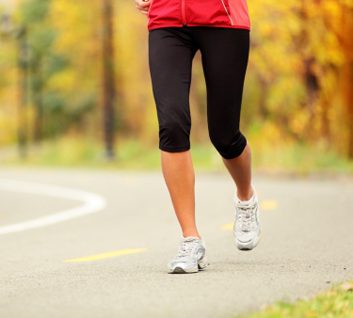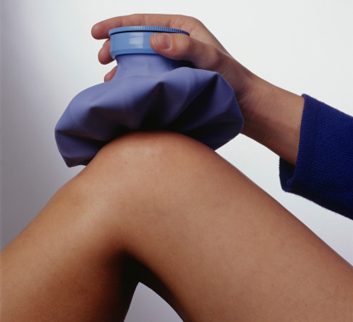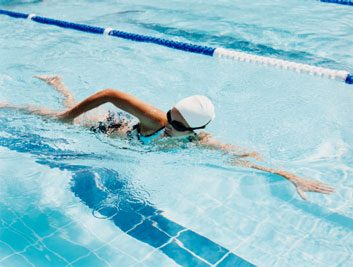
Protecting your knees as you age
“As soon as we reach 35 or 40 years old, our knees are more likely to suffer from deterioration or tearing, which can eventually lead to osteoarthritis.” says Dr. Pierre Ranger, Bruny’s orthopaedic surgeon of 20 years, and Medical Director for the Centre de Médecine Sportive de Laval. “Keeping your knees in good condition and taking preventative measures are often neglected – but are key if you want to maintain a healthy, active lifestyle.”
Osteoarthritis of the knee is the result of a degeneration of the cartilage. The pain is due to an inflammatory reaction and can vary from moderate to intolerable. The pain is generally located on the internal, external surface or posterior side of the knee.
“When I first started to experience pain in my left knee, Dr. Ranger recommended a physiotherapist,” says Bruny. “After a few weeks of treatments, the pain disappeared but came back even worse a few months later. It was as if I had a needle shooting into my knee with each step I took. I underwent a series of tests that included magnetic resonance and radiography. This is when Dr. Ranger told me I had osteoarthritis of the knee. The news hit me like a ton of bricks. It meant my career as an athlete was over.”

Easing the pain of osteoarthritis
“Because I didn’t want to take painkillers for the rest of my life, Dr. Ranger suggested injections of Synvisc-One by Sanofi, a natural product that reduces the inflammation and lubricates the knee joints,” says Bruny. “One injection every six or seven months is enough for me to continue my activities, almost like normal, without any pain or side effects.”

Replace running with low-impact activities
“As a professional sprinter, I was doing a lot of muscular exercises with heavy weights,” says Bruny. “By continually creating pressure on my kneecap, the cartilage had collapsed, which triggered the osteoarthritis. Therefore, my training routine had to change. I now try to avoid movements that create pressure on my knees, so I am no longer doing squats, using heavy weights, or running.”
Since the diagnosis, the sprinter refuses to become a couch potato. He walks and trains at the gym instead, and even jogs a little sometimes.
Cycling and swimming are also great activities for people with osteoarthritis of the knee. They can help lubricate the joints and do not have a big impact on the knees.
“Regarding my diet, I take some glucosamine and I try to eat foods that reduce inflammation (like quinoa, kale, fish and olive oil),” says Bruny.

Preventing osteoarthritis
There are currently no treatments for osteoarthritis, which is a degenerative illness. The only options to prevent it or relieve the pain are an anti-inflammatory pill, painkillers or Synvisc-One injections.
When it comes to prevention, Dr. Ranger strongly advises that people maintain (or get to) a healthy weight; check your family’s medical history to find out if osteoarthritis runs in your family, and consult a doctor as soon as you experience pain in your knee.
Last, but most certainly not least, he recommends that people don’t follow Bruny’s example. Even though the athlete got many gold medals throughout his career as a sprinter (and we are thankful for that), he now has a high price to pay.
Related:
• Two styles of cycling to try
• Medication side effects: What to expect
• 7 ways anyone can become an athlete
